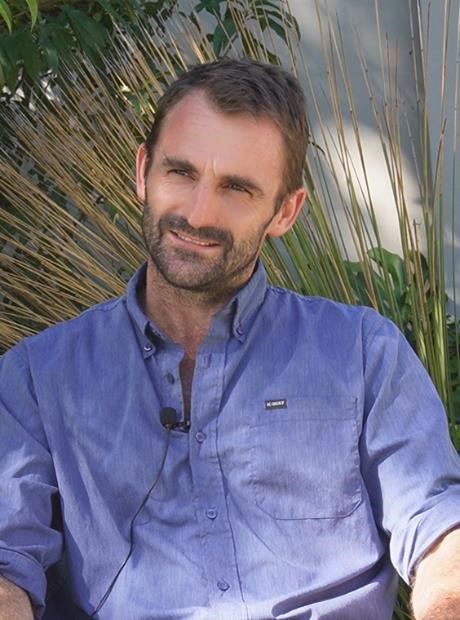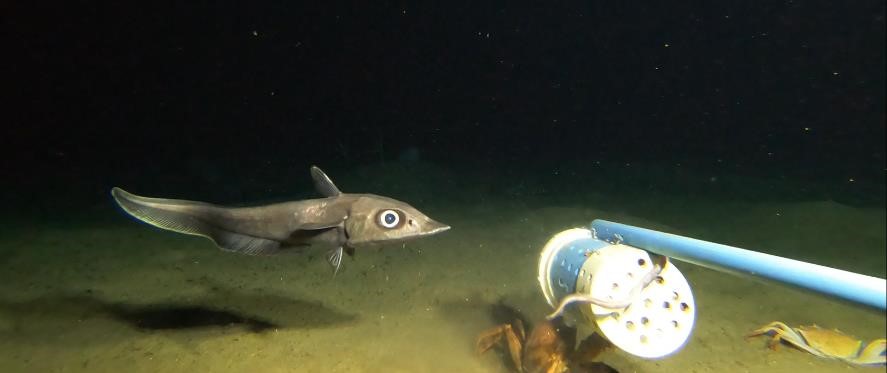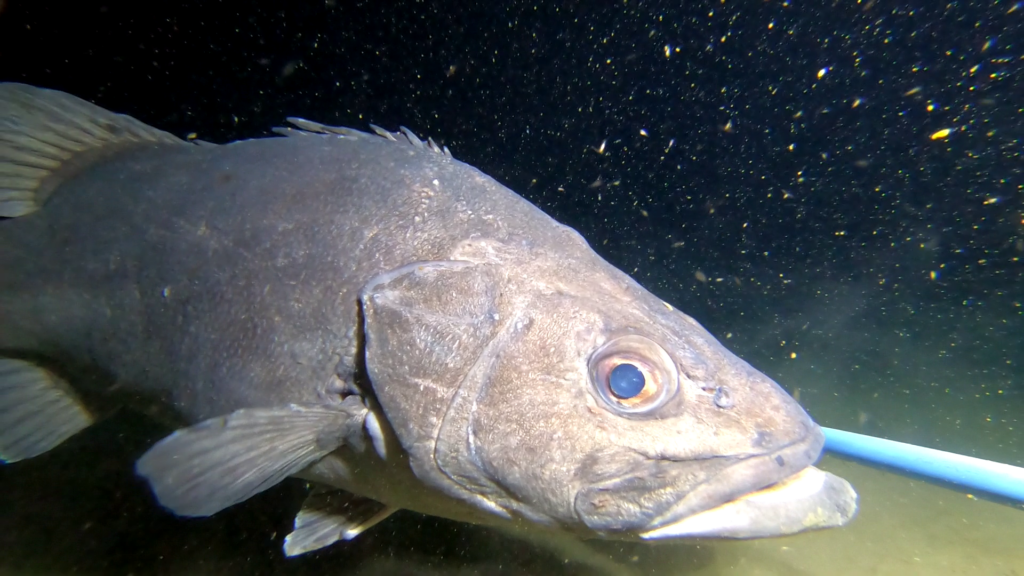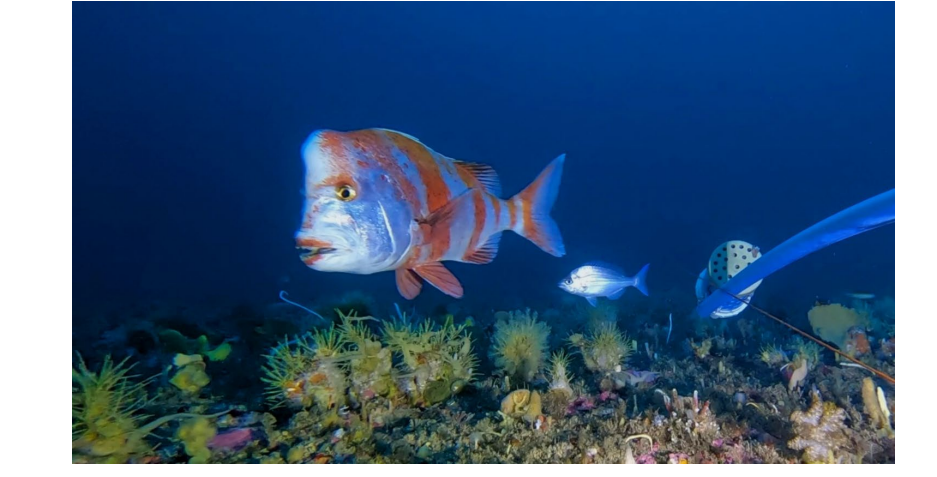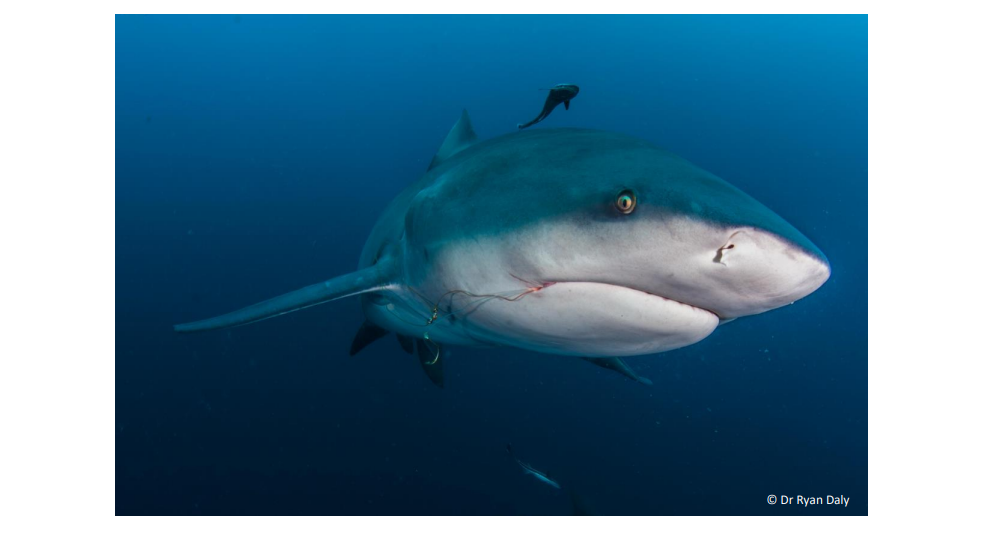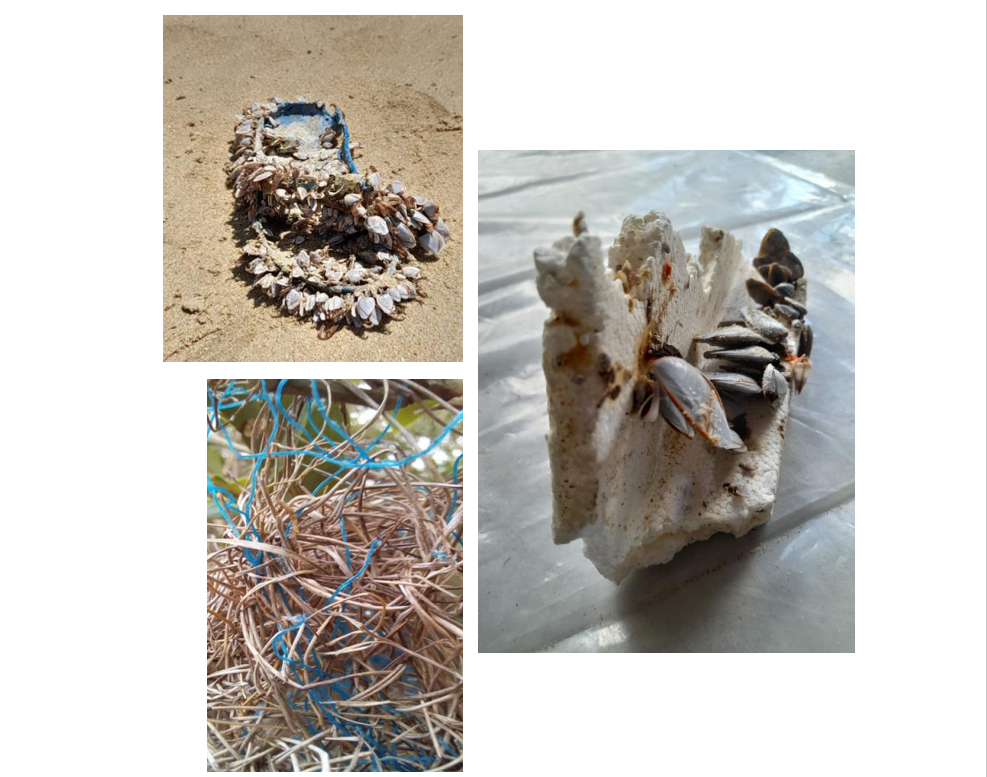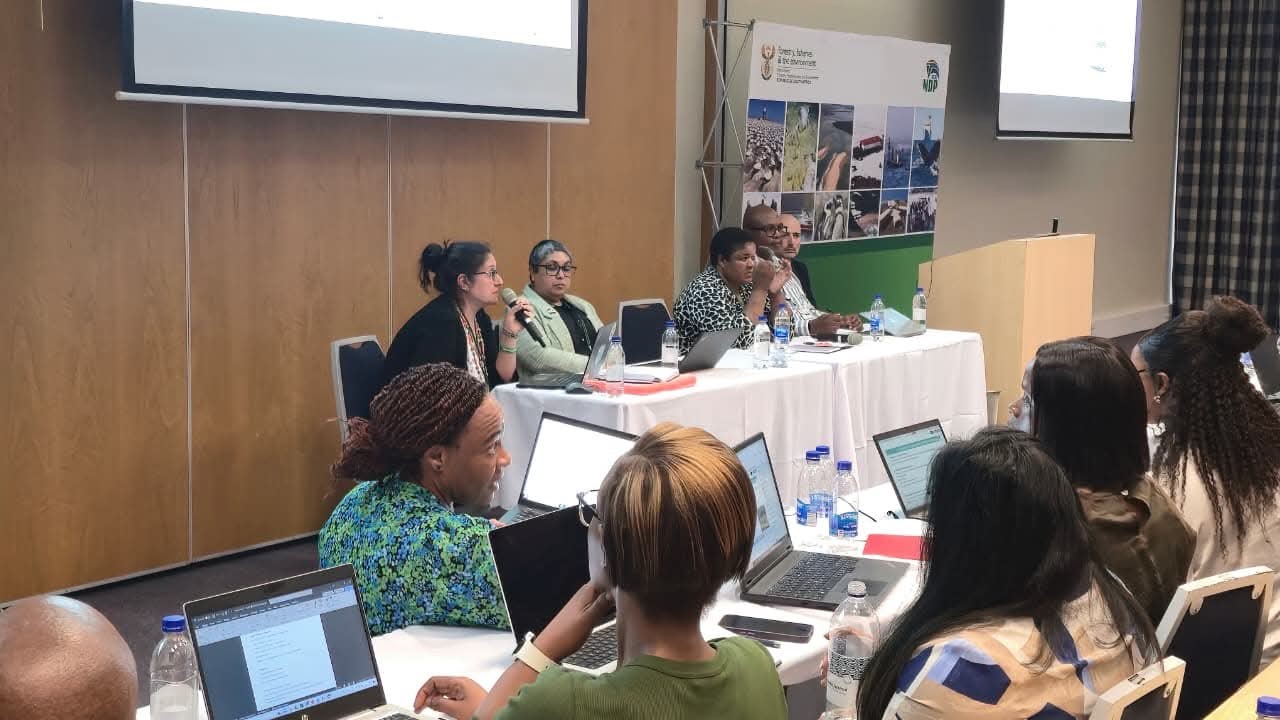For release Friday 3 March
Joint press release – SANBI, SAIAB, UCT, and the One Ocean Hub
3 March 2023 – History has been made during a research expedition currently underway involving a rich representation of young researchers. This cruise is a prologue to the ongoing, collective effort of a number of institutions across the country that seek to develop the capacity of marine researchers, both established and emerging, to better serve the common goals of safeguarding and improving the social and natural systems of South Africa’s oceans. One Ocean Hub (OOH) is the sole funder of this expedition and the cruise contributes to their core Capacity Strengthening objective for deep-sea research and management in South Africa
Deep diversity
The primary intention of this voyage is to harness the potential of young, local scientists, and in the process, foster and strengthen connections that transverse the boundaries of disciplines, which have historically operated in isolation. The aim of this is to then facilitate a greater understanding of South Africa’s oceans, and to approach the management thereof more holistically and more representatively, to foster strengthened stewardship. Along their journey, the team witnessed a pioneering voyage to the depths of our ocean canyons, with the advent of a new technology in South African waters.
Deep beginnings
The use of remotely operated vehicles (ROV) has proven to be a vital medium for surveying deep-sea habitats previously concealed by their inaccessibility. In addition to the twenty successful ROV dives carried out on this expedition, new technology has been employed as a means to observe life at great depths for extended periods. Baited landers are cameras mounted on a weighted frame that land on the sea floor. The model in use has two cameras positioned to film a lit-up canister filled with bait, used to observe and measure rarely seen deep-sea creatures that are attracted by the scent of the bait. The twin cameras provide images in stereo, allowing for accurate size measurements, which are important in fishery science. Unlike the ROV, which can only operate to 300 meters, the landers are untethered (with no umbilical connecting them to the vessel), so they can be deployed to depths as great as 1000 meters, and beyond. A further key difference is that ROVs are flown by trained pilots, whereas landers are unmanned and can be left on the sea floor while other work is underway making them great for multidisciplinary surveys. The team has been surveying at three depths; 300, 600, and 900 meters in order to compare life in different depth zones. When the team is ready to retrieve them, they use acoustic release technology to do so. It takes several minutes for the precious equipment to traverse the great distance from the sea floor, and they have to scan the rolling blue swell with great care so that they might see the yellow structure resurface.
The first deployment to 300 meters yielded a fish of impressive size, known as a hapuku wreckfish. Some of the other interesting characters that arrived included bright red rockfish (jacopevers), spindly, long-legged stone crabs, grenadiers with rippling tails and enormous eyes, and cutthroat eels sporting prehistoric jaws and serpentine bodies. Numerous species of deep-water sharks were observed including the arrowhead dogfish and balloon catsharks, both of which are near-threatened. To the collective delight of the team, a dumbo octopus was captured swimming by using its ear-like fins positioned on its head. This was the highlight of the deepest deployment at a depth of 1035 meters.
Deep insight
Development of the landers has been driven by Dr. Anthony Bernard, Instrument Scientist from SAIAB in an effort to expand visual census research that is common on the continental shelf into the deep sea.
The significance of this technology was explained by Dr. Bernard;
“Deep-sea landers are opening new avenues for offshore research and are providing the first images of slope ecosystems. This passive, non-invasive method of surveying will help to better inform the management of deep-sea and benthic habitats.”
This technology brings us to the forefront of contemporary deep-sea research and allows us to surpass the interface between known and unknown habitats. This will allow us to collect information about our slope habitats where activities like petroleum exploration and mining may occur. Data from the landers will feed into the national map of marine ecosystem types, which is a foundation for managing the use of ocean space. This serves a meaningful role in provisioning ocean services, allowing us to classify and quantify life at these great depths. It also deepens our literacy in this realm, as the quietness of the lander allows us to play the unobtrusive witness to the undisturbed behaviour of creatures that have long since been a mystery to us.
Editor’s Notes
The expedition would not have been possible without the funding provided by the One Ocean Hub, which serves as an international platform for research around sustainable development and promotes fair and inclusive decision-making for a healthy ocean. The One Ocean Hub serves as a bridge to connect people from different disciplines so that cohesive and collaborative learning can take place. This attends to decisions and practices that shape a more equitable and sustainable future for the ocean. In line with the Capacity Strengthening component of the Hub, researchers from the institution and their collaborators engaged in a study that sought to understand the barriers and solutions to meaningful capacity development for deep-sea research and management in South Africa. From the findings of this research, it was recommended that dedicated in-country expeditions using available or locally developed technology under local conditions be used, which lead to the conceptualisation and procurement of this expedition. This can grow opportunities for researchers and is a valuable supplementary practice to the more common approach where numbers are limited on international expeditions with equipment that is usually scarce or unobtainable in-country.
The team includes researchers from two projects funded through ACEP, Deep Connections, and Agulhas Bank Connections. These projects are improving the classification and mapping of marine ecosystems, advancing knowledge about connectivity in the marine realm, and building multi-disciplinary research teams that can work together for integrated research that serves society.
Contact:
For further information and other media queries please contact:
Prof Kerry Sink, SANBI, Tel 0828310536, k.sink@sanbi.org.za
Dr Anthony Bernard, Tel 0833839228, a.bernard@saiab.ac.za
About the One Ocean Hub: The One Ocean Hub is led by the University of Strathclyde (Glasgow, UK), and it has 18 partner organisations and 21 research partners across the world. The Hub is funded by UK Research and Innovation (UKRI) through the Global Challenges Research Fund (GCRF) – a key component in delivering the UK AID strategy that puts UK-led research at the heart of efforts to tackle the United Nations Sustainable Development Goals.
About SANBI: The South African National Biodiversity Institute (SANBI) is mandated to monitor and report on the status of the Republic’s biodiversity. Its activities include undertaking and promoting research on indigenous biodiversity and its sustainable use; establishing and managing collections of plant and animal specimens; managing and maintaining all National Botanical Gardens, with their facilities for horticultural display, environmental education, visitor amenities, and research; collecting and disseminating information about biodiversity; assisting in the development of a national biodiversity framework, including bioregional plans and strategies; and coordinating programmes in conservation and sustainable use of indigenous biological resources and the rehabilitation of ecosystems.
About SAIAB: The South African Institute for Aquatic Biodiversity (SAIAB) contributes to two National Operation Phakisa Labs through which South Africa has identified the potential to develop the Biodiversity Economy and the Blue Economy. With a significant amount of funding from the Department of Science and Innovation and the National Research Foundation, over the last 10 years, SAIAB has developed several high-level platforms capable of undertaking research in various environments which have positioned the Institute as an innovative leader in aquatic biodiversity research. All of SAIAB’s activities – research, student supervision, and platform provision – support the Higher Education sector in the education, training, and development of the aquatic managers and researchers of the future.
Images and suggested captions:
